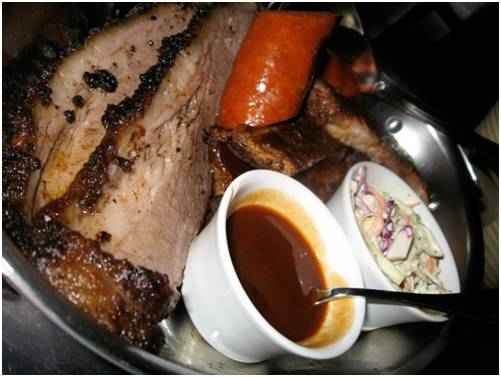As a medium-sized breed, the American Pit Bull Terrier stands 17–21 inches tall and weighs 30–60 pounds, characterized by a muscular build, smooth short coat, and diverse coat colors. Renowned for loyalty, tenacity, and intelligence, they form intense bonds with owners and are often called "nanny dogs" for their affinity with children. However, they may show aggression toward other animals, necessitating early socialization to mitigate conflicts.
Due to its historical role in dog fighting, the breed has long been demonized by media as a "lethal killer." While statistics show a higher proportion of fatal attacks involving Pit Bulls, studies highlight that 94% of such incidents involve unneutered male dogs and are linked to abuse, neglect, or poor training. In fact, data from the American Temperament Test Society (ATTS) shows 86.8% of Pit Bulls pass temperament tests—outperforming breeds like Golden Retrievers.
Pit Bulls require substantial exercise and mental stimulation, needing at least 1 hour of high-intensity activity daily to prevent destructive behavior from pent-up energy. Training should prioritize positive reinforcement over punishment, with early socialization critical for fostering friendliness. Neutering significantly reduces aggression and extends lifespan. A balanced diet of 1.5–2.5 cups of dry food per day, split into two meals, supports their nutritional needs.
As of 2025, 14 U.S. states ban Pit Bulls, 11 states allow them with conditions like spaying/neutering and insurance, and 24 states have no breed-specific laws. Regions like Lombardy, Italy, mandate owner training and insurance. Despite stigma, the breed excels in therapy work—for example, "Vicktory Dogs" survivors became trauma therapy dogs for Boston Marathon bombing victims.
With an average lifespan of 12–14 years (16 years in some cases), common health issues include hip dysplasia, heart disease, and skin allergies—preventable through regular vet checks and a balanced diet. Grooming is minimal, requiring weekly brushing and monthly baths for their short coats.
The American Pit Bull Terrier embodies a paradox of history and perception: a loyal companion marred by misinformation. Responsible owners, through scientific training and care, are rewriting its narrative—proving that aggression is not innate but a product of environment and upbringing








